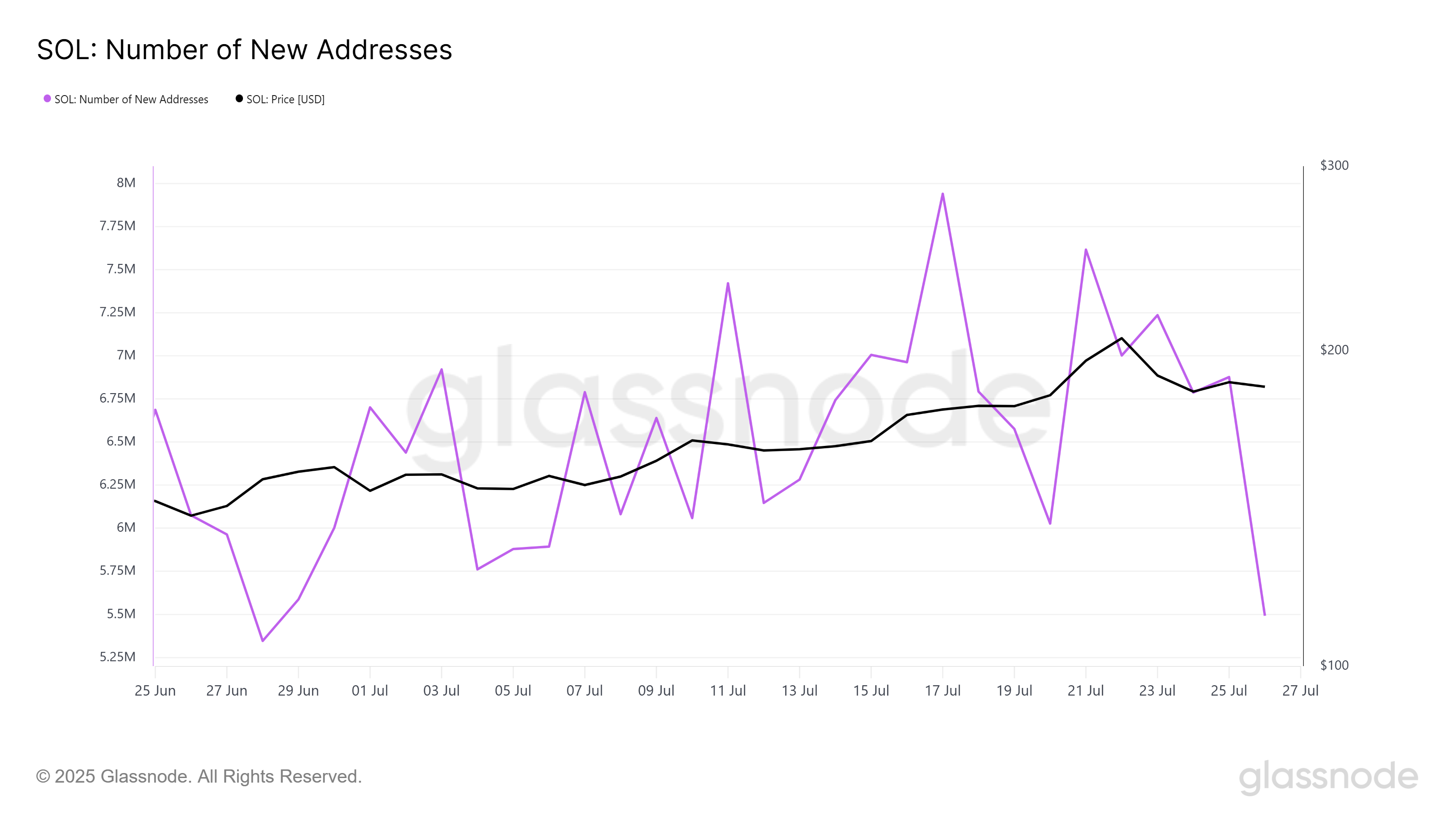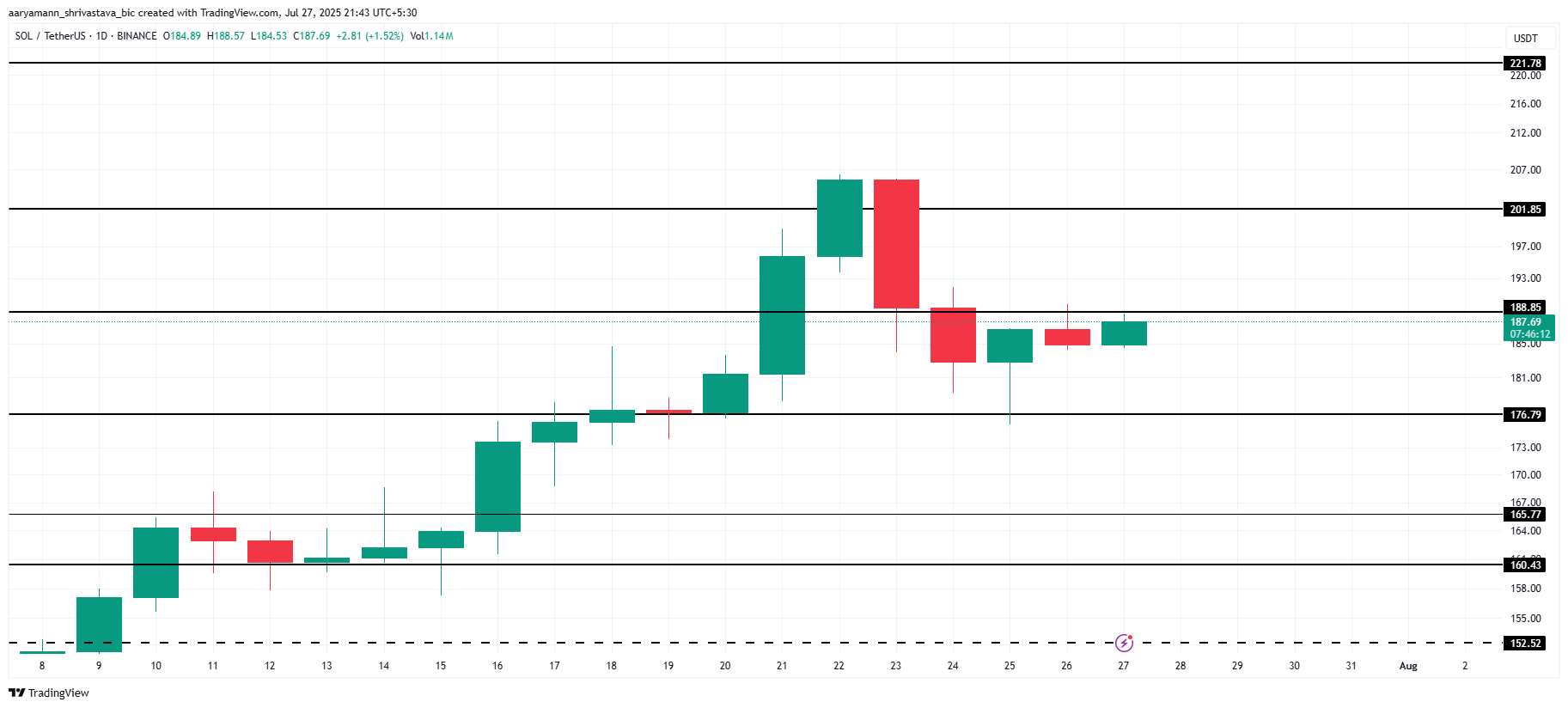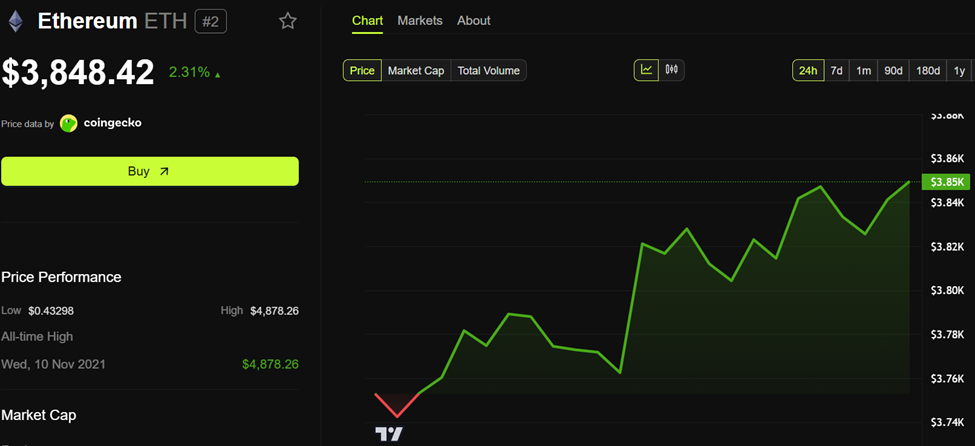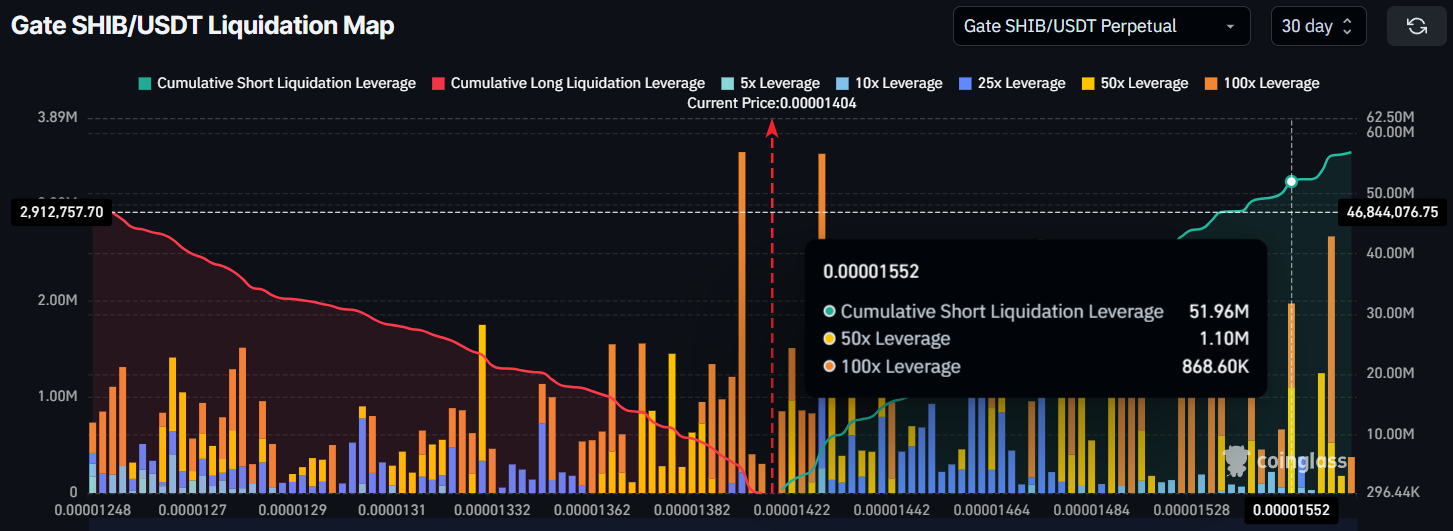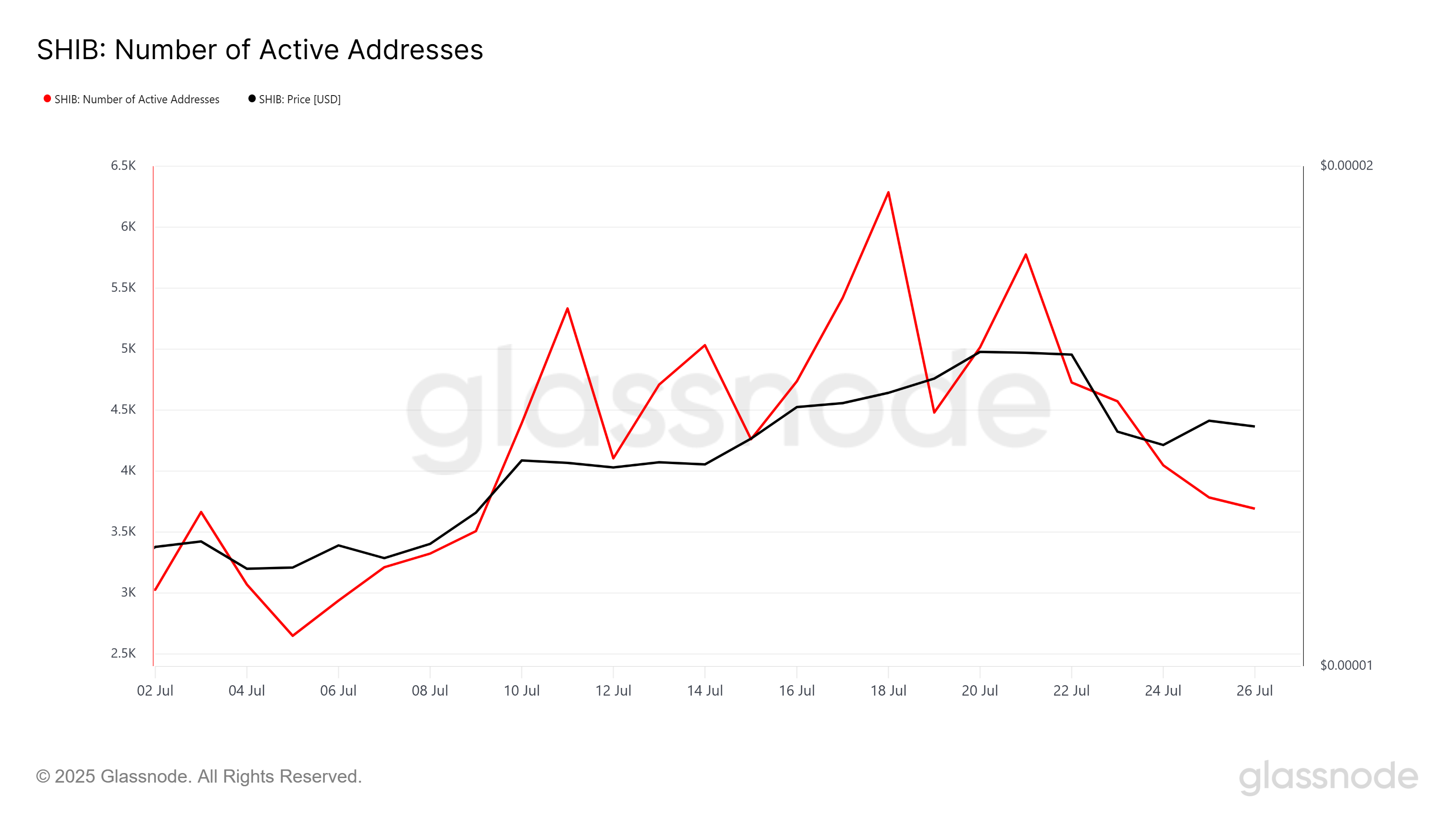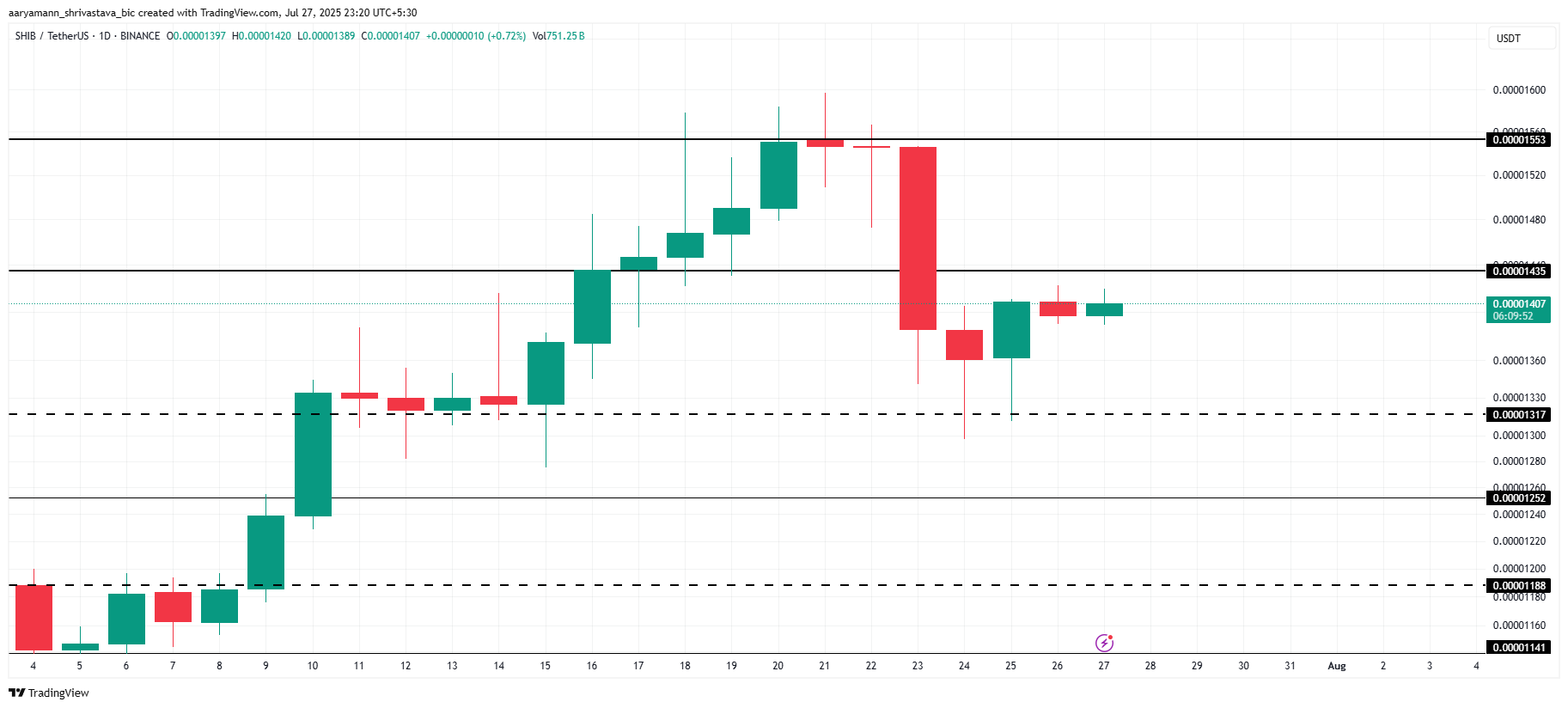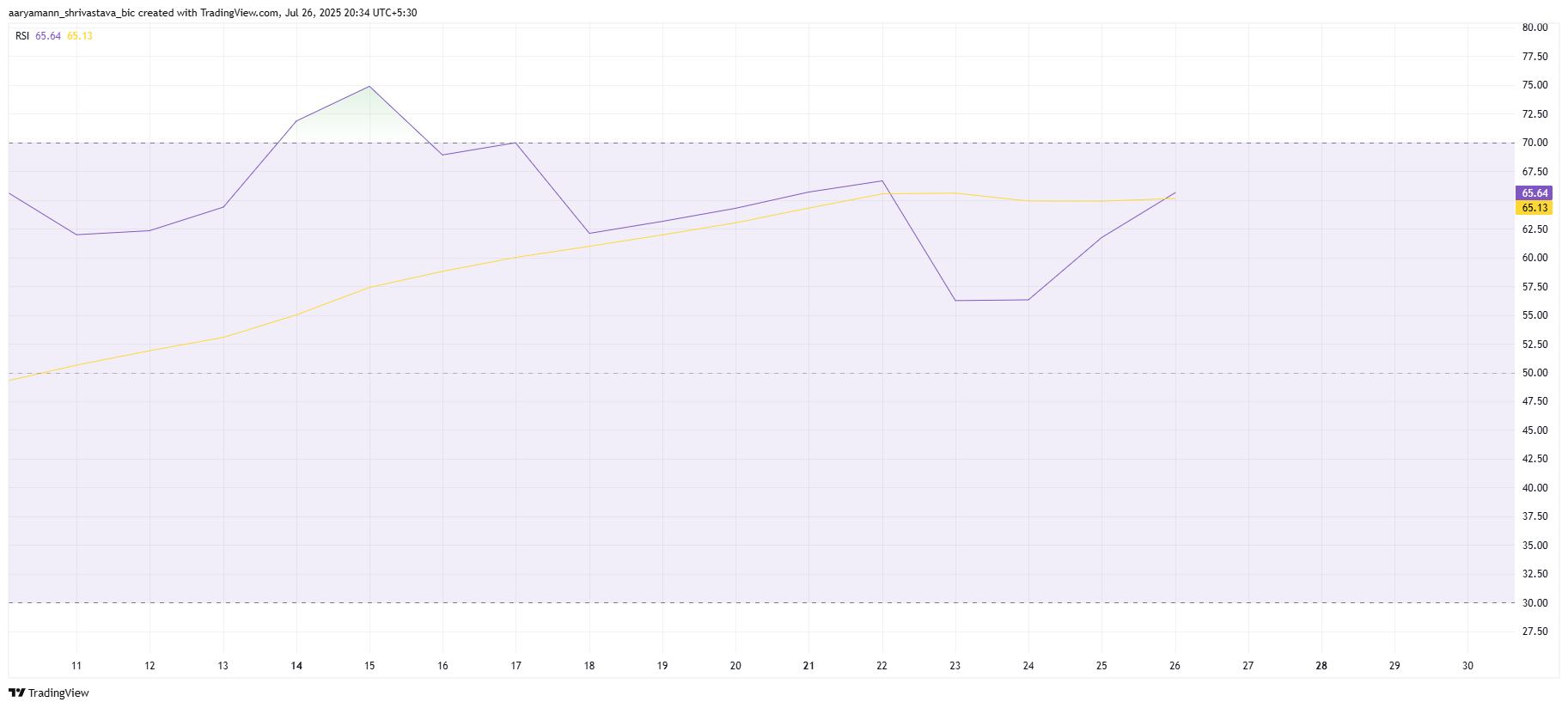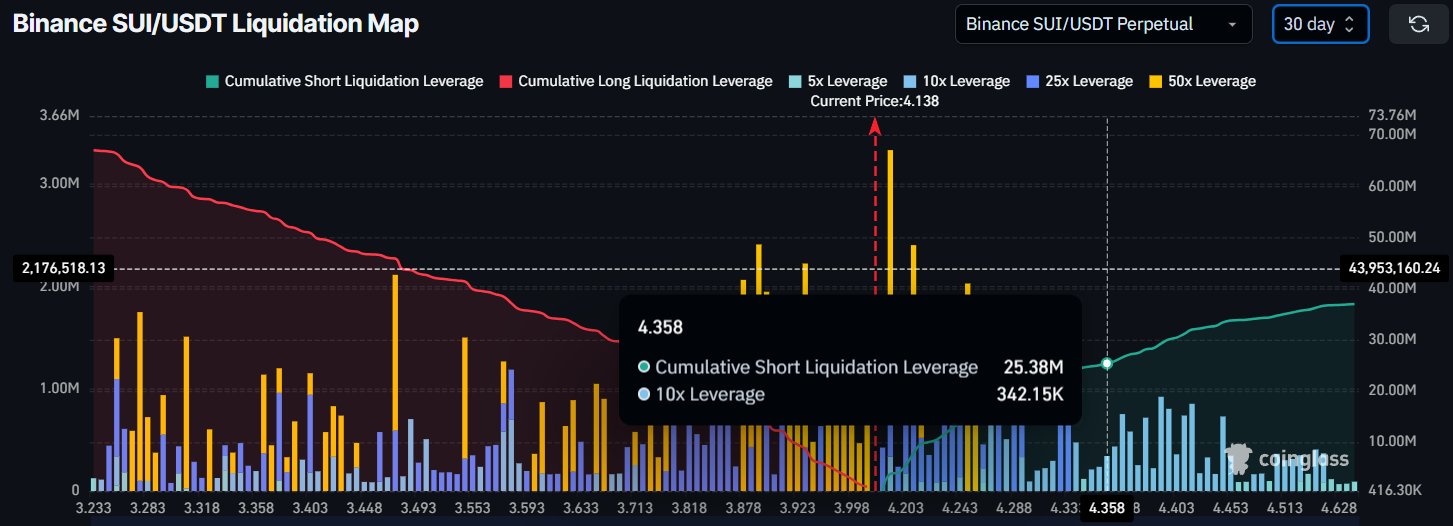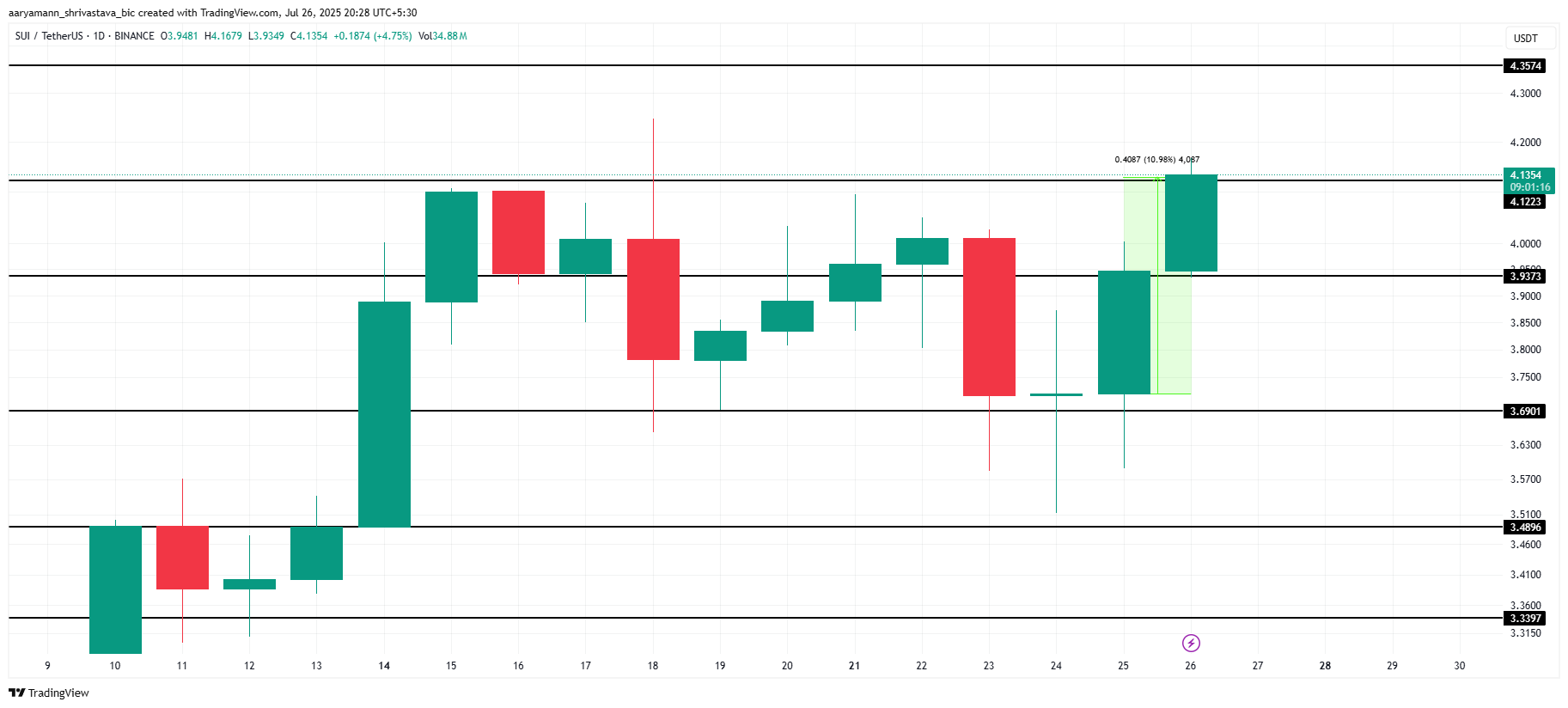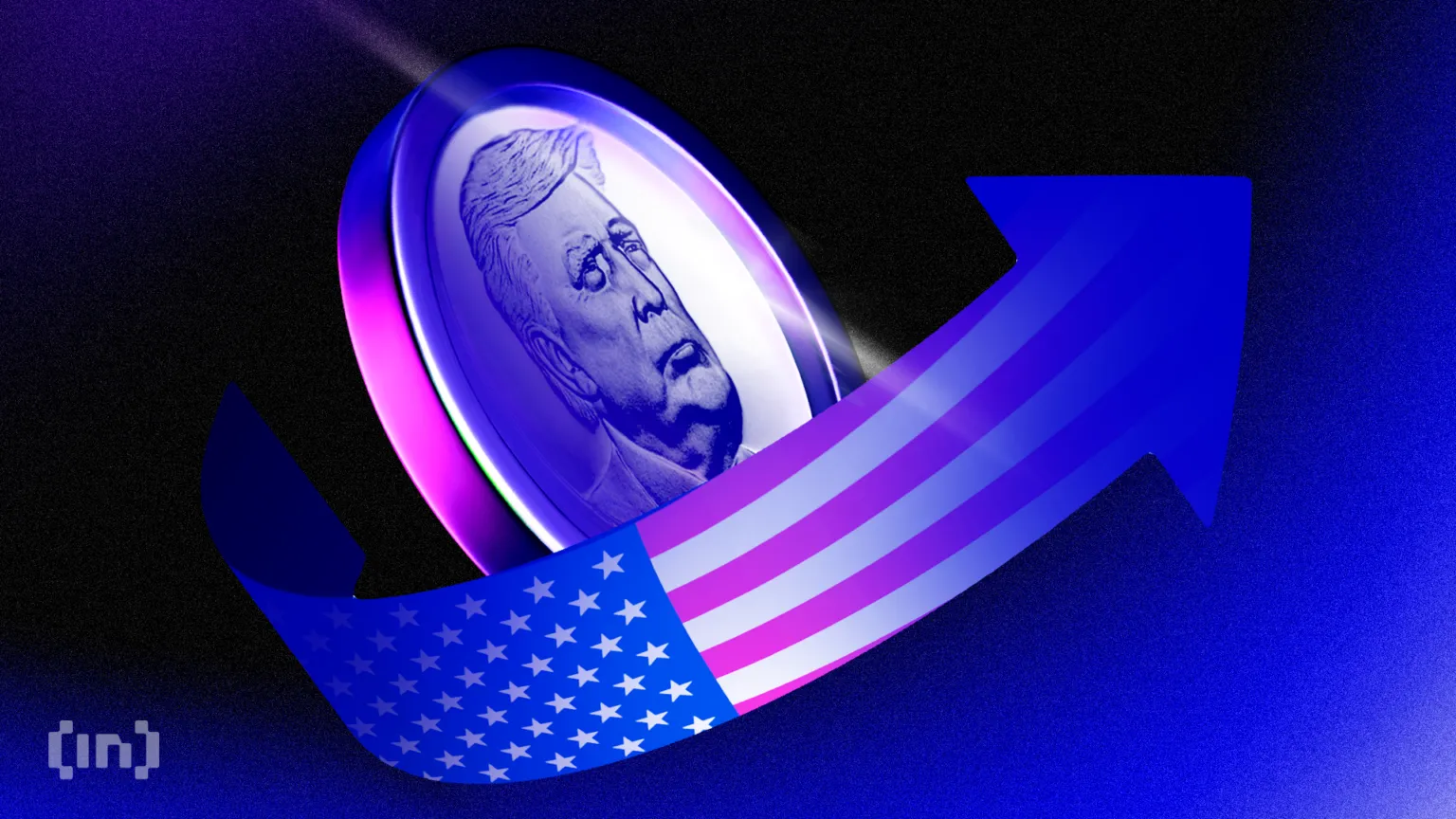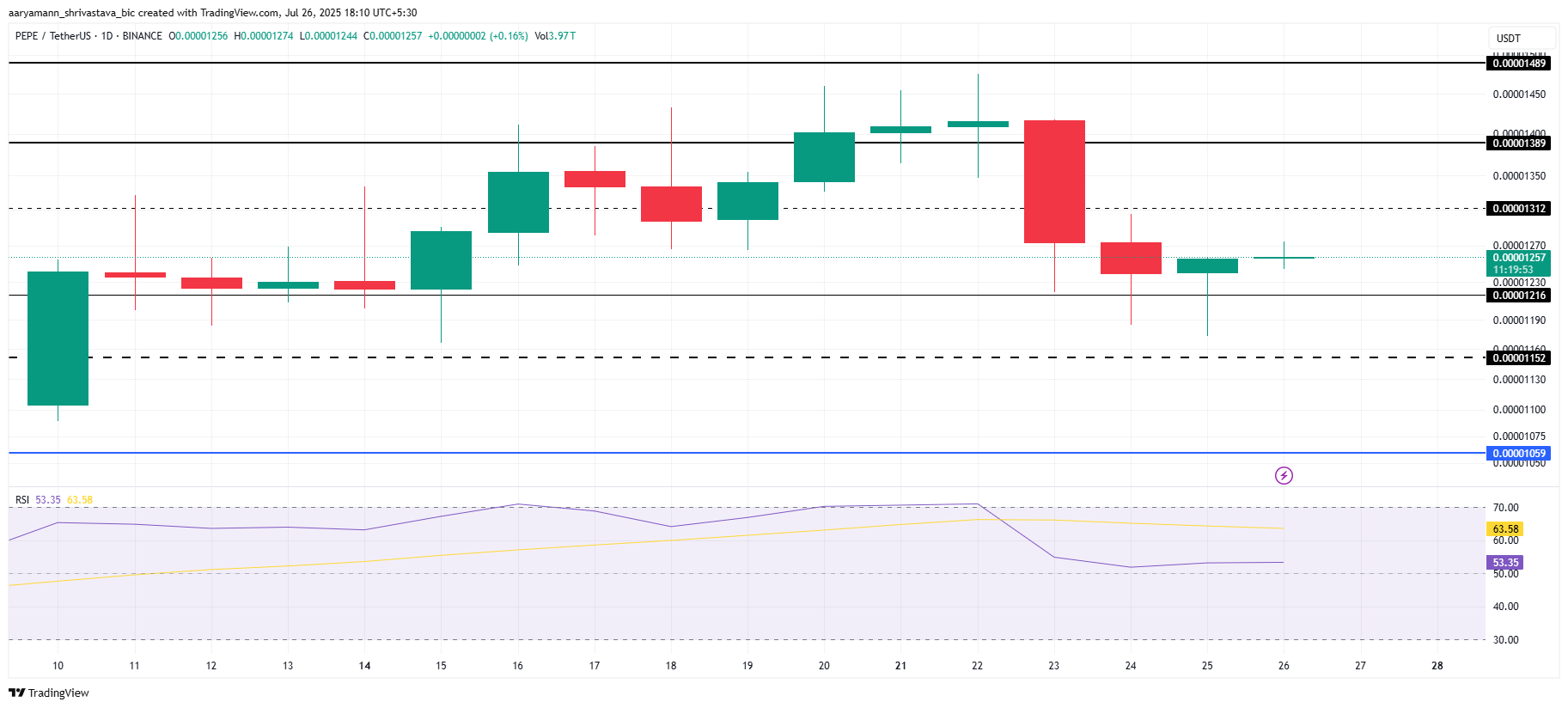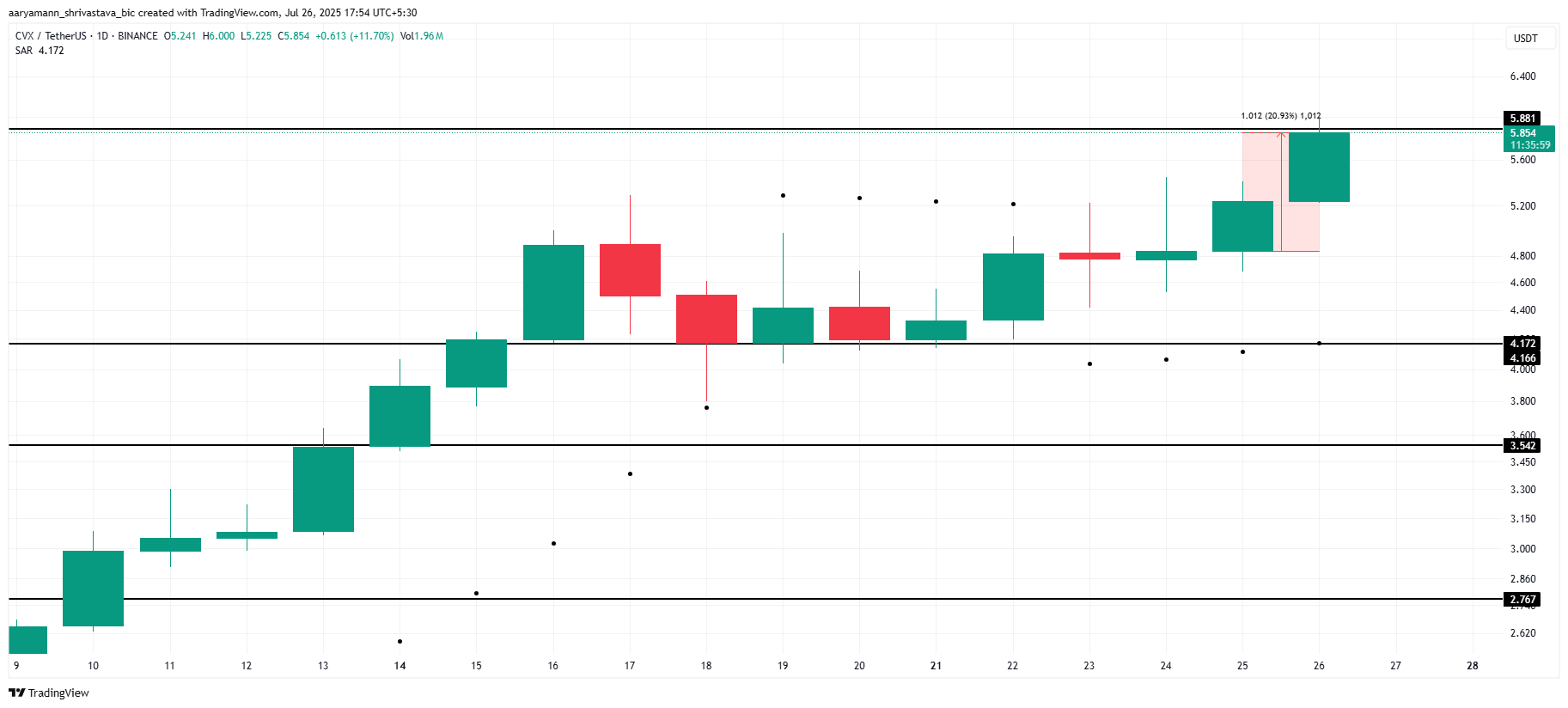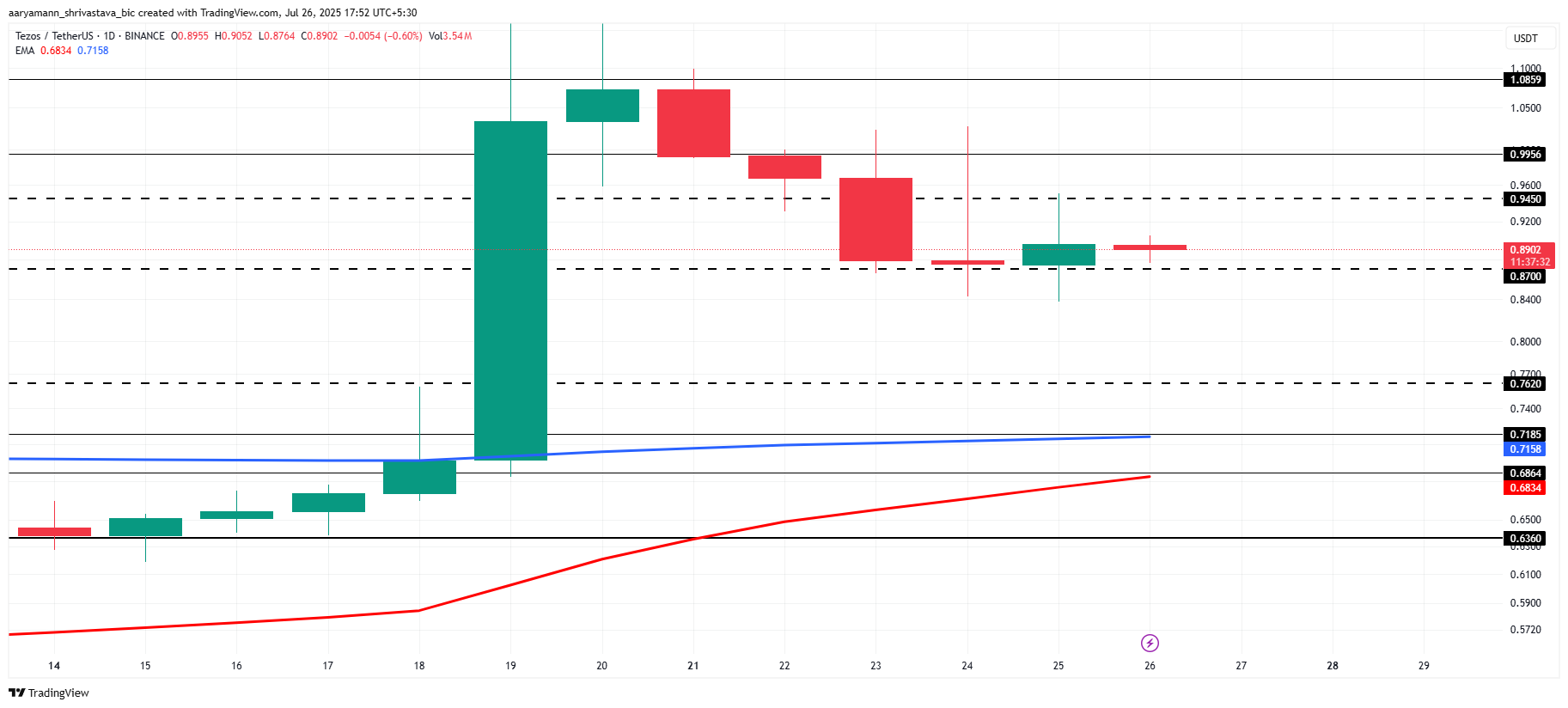Pump.Fun (PUMP) Faces Increased Volatility, Price Drop Looms
Pump.fun (PUMP) has faced a sharp decline recently, driven largely by investor withdrawals. The altcoin, which surged initially, is now stuck in a downward trajectory as many traders pull out.
This bearish sentiment is likely to intensify, possibly leading to further price drops in the near future.
Pump.fun Faces A Decline
The Bollinger Bands on PUMP are currently converging, signaling an impending volatility explosion. This pattern often precedes a major price movement, but given the current market conditions, it is concerning for PUMP holders.
With candlesticks sitting above the basis line, this suggests the likelihood of a decline, setting the stage for additional selling pressure. This dynamic suggests that investors may experience significant losses if the market sentiment continues to shift negatively in the coming days.
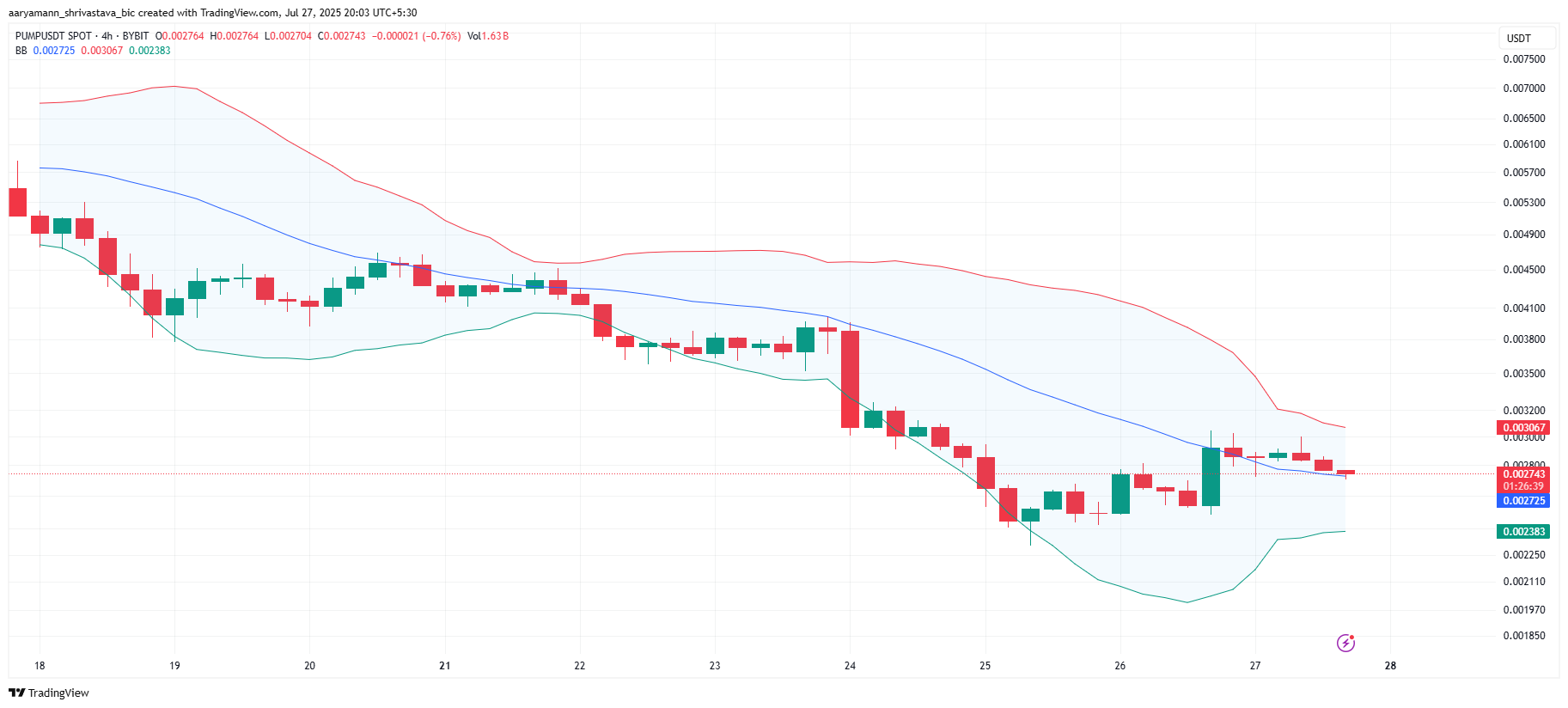
The Relative Strength Index (RSI) for PUMP is currently in the bearish zone, remaining below the neutral 50.0 mark. This indicates that selling pressure is dominating, and there is little to no bullish momentum at this time.
The RSI’s positioning reinforces the notion that the market is not yet ready to turn positive for PUMP.
With the volatility expected to increase, the RSI further confirms that the outlook for PUMP is bleak. As the altcoin’s momentum remains strongly bearish, it could be set for even deeper declines.
The lack of bullish signals makes it difficult for investors to expect a recovery in the short term.
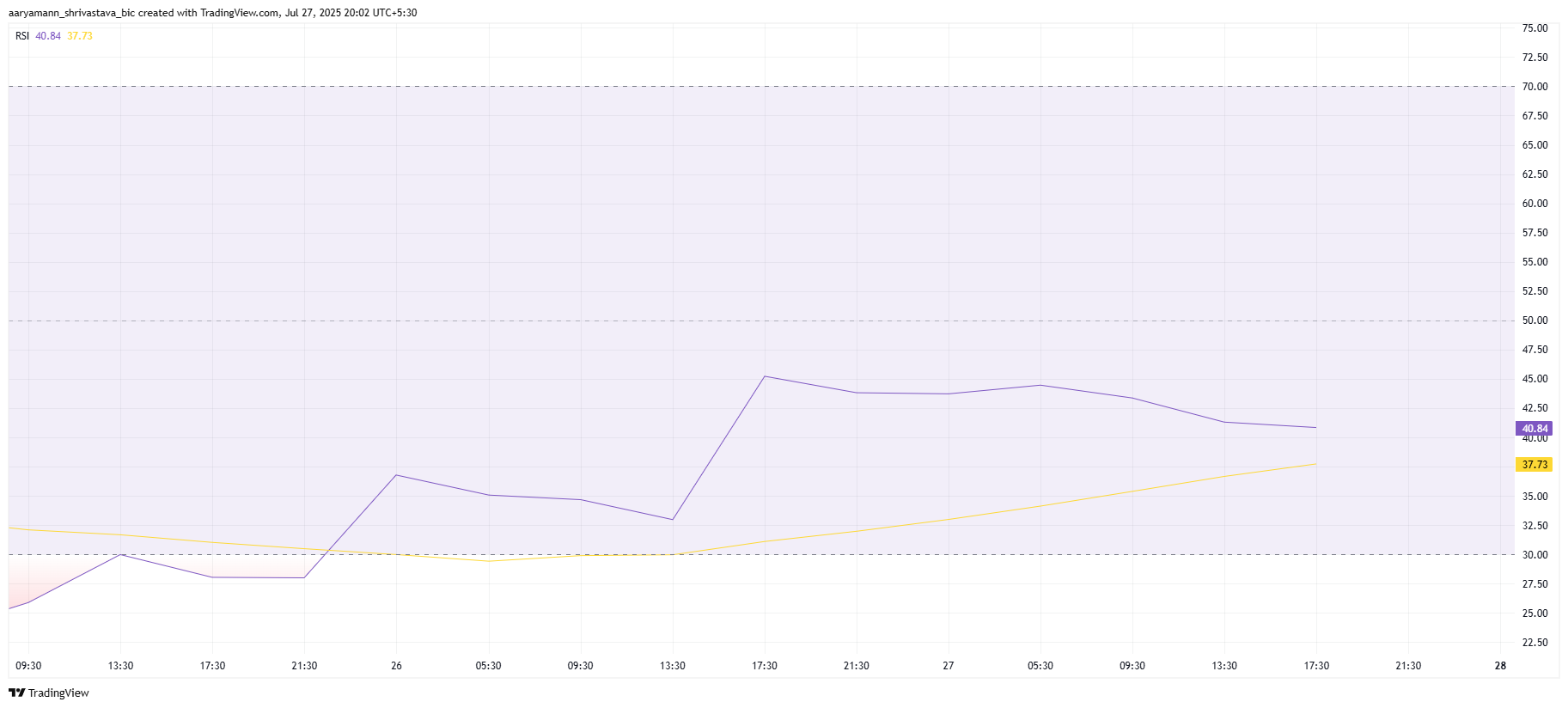
Can PUMP Price Bounce Back?
PUMP is currently trading at $0.0027, just below the resistance level of $0.0029 and holding above the support level of $0.0024. This consolidation phase, while it may provide temporary stability, still leaves the altcoin vulnerable to further declines.
If the altcoin fails to maintain its current support, it could drop to $0.0024 and potentially fall to $0.0021. Such a move would deepen the losses that investors have already endured, confirming the prevailing bearish sentiment.
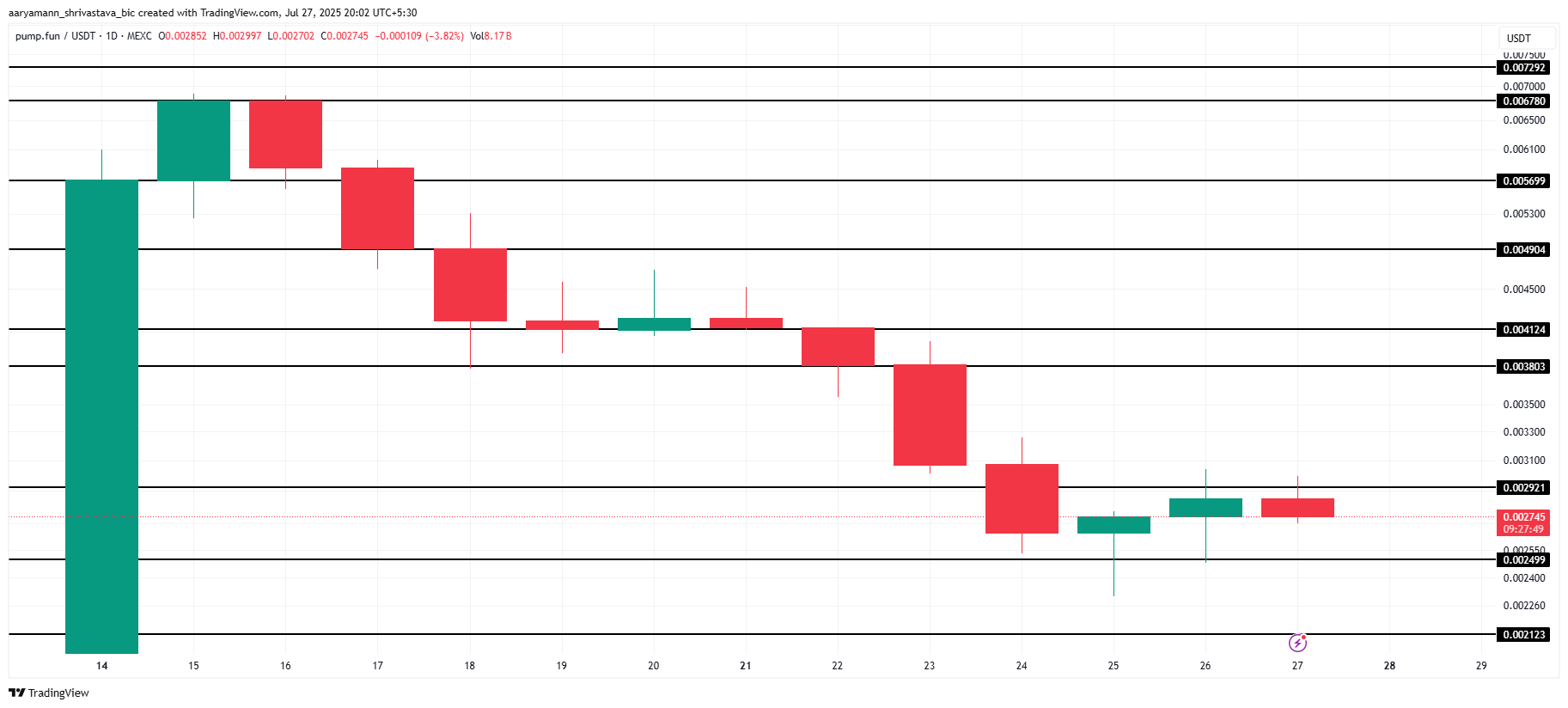
However, should the market unexpectedly turn around, and PUMP successfully secures $0.0029 as support, a potential rally could follow. In this case, the altcoin might push towards $0.0038, invalidating the bearish outlook and providing hope for a price reversal.
The post Pump.Fun (PUMP) Faces Increased Volatility, Price Drop Looms appeared first on BeInCrypto.




